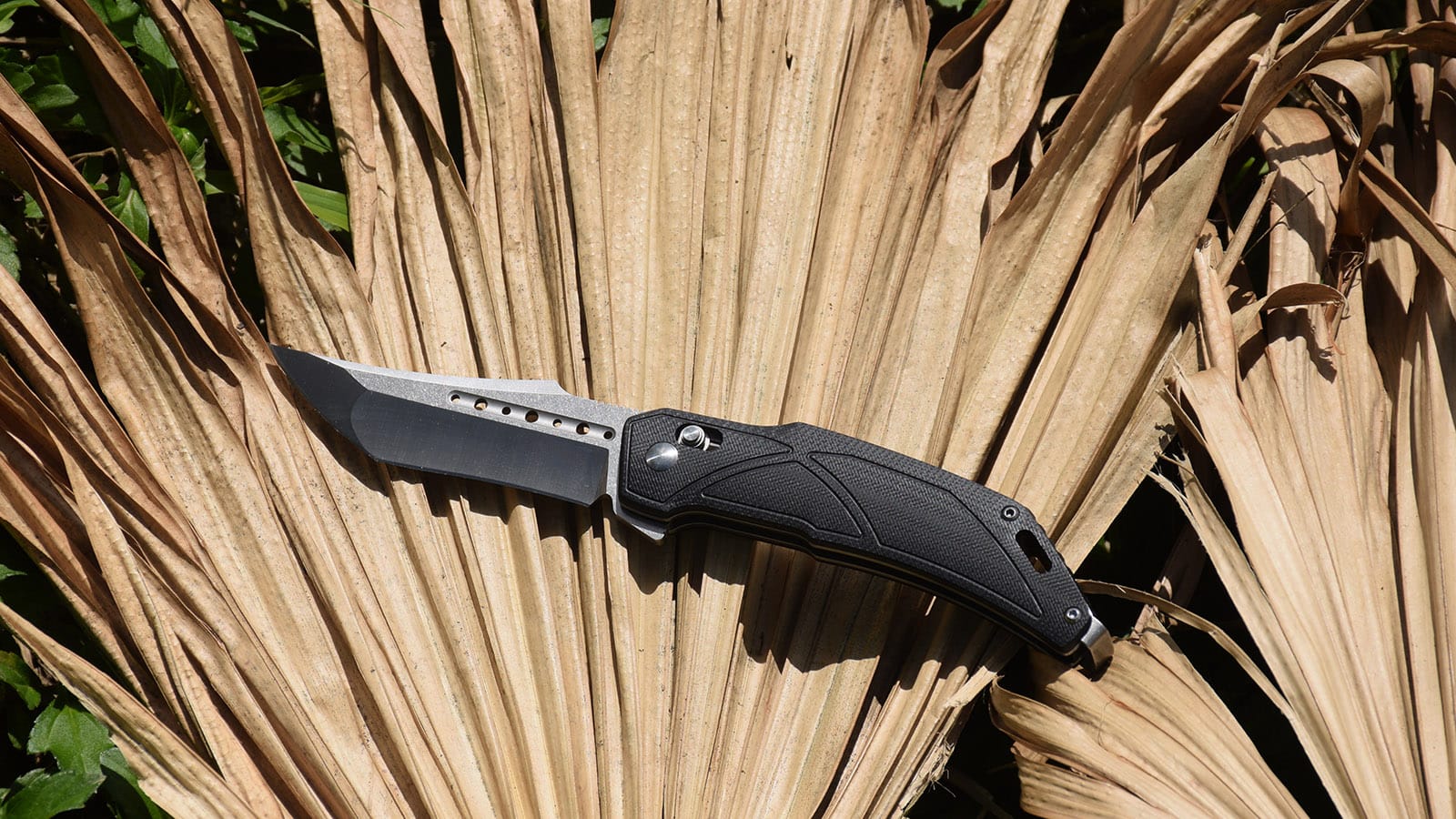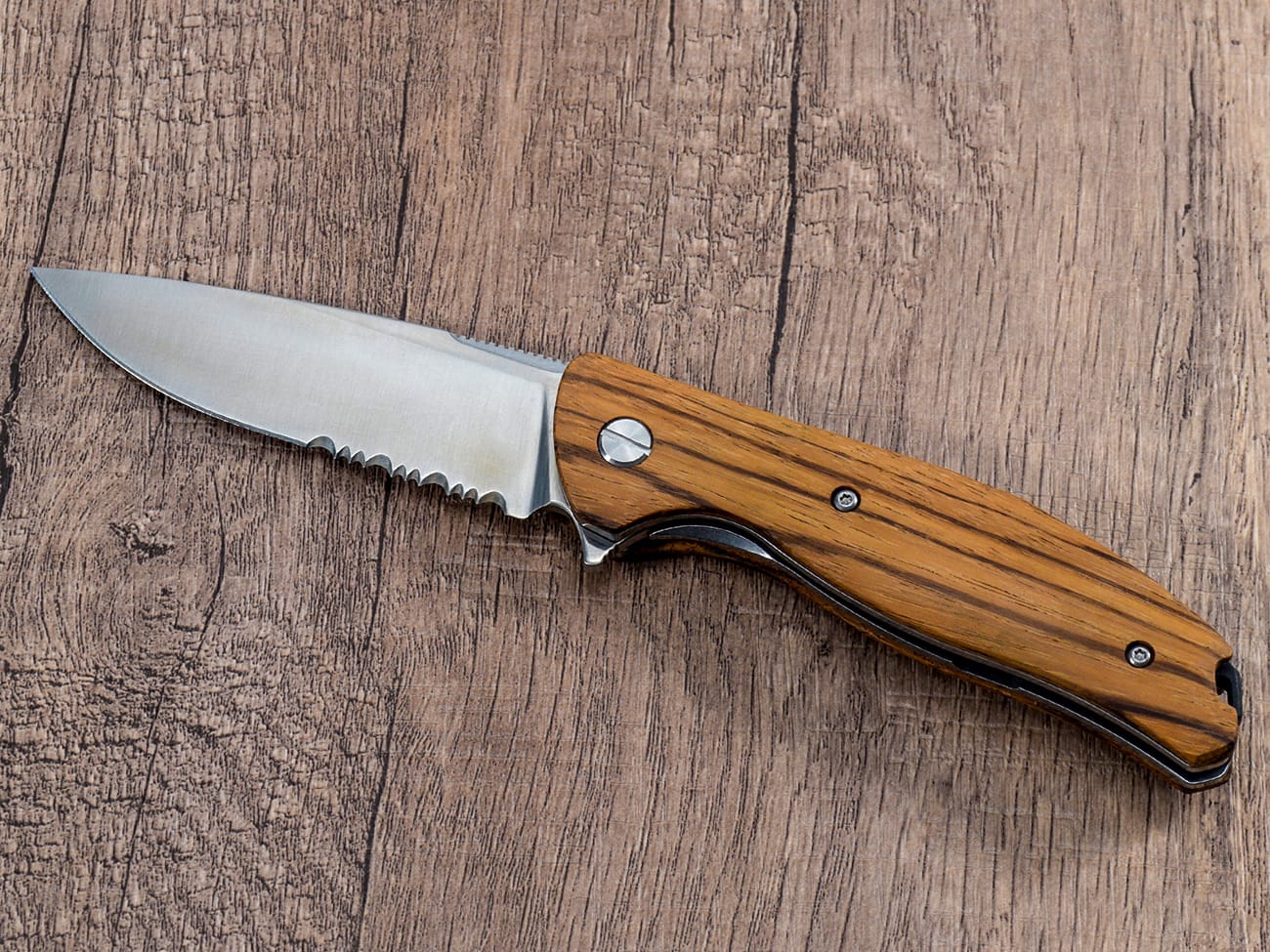Você é um entusiasta de canivetes ou está apenas começando a explorar o mundo dos canivetes dobráveis? Seja você um usuário experiente ou iniciante, saber como fechar um canivete corretamente é crucial para a segurança e a manutenção da faca. Neste guia abrangente, mostraremos tudo o que você precisa saber sobre como fechar diferentes tipos de canivetes dobráveis, de travas de forro a travas de armação e muito mais. Vamos mergulhar e dominar a arte de fechar seu canivete com segurança!
Por que a técnica correta de fechamento de facas é importante?
Antes de nos aprofundarmos nos detalhes, é essencial entender por que aprender a maneira correta de fechar uma faca dobrável é importante:
- Segurança: A técnica adequada evita cortes e ferimentos acidentais.
- Durabilidade da faca: O fechamento correto protege a lâmina e o mecanismo de trava contra danos.
- Eficiência: Dominar a técnica deixa você mais confiante e proficiente com sua faca.
- Conformidade legal: Em algumas áreas, ser capaz de fechar uma faca com uma mão é um requisito legal.
Agora, vamos explorar os vários tipos de canivetes e como fechá-los com segurança.
Quais são os diferentes tipos de facas dobráveis?
Para entender como fechar um canivete, é fundamental conhecer os diferentes tipos de facas dobráveis e seus mecanismos de trava. Aqui estão alguns tipos comuns:
- Bloqueio de forro
- Bloqueio de quadro
- Bloqueio
- Junta deslizante
- Bloqueio de botão
- Bloqueio de eixo
Cada tipo tem seu método de fechamento exclusivo, que abordaremos em detalhes.
Como fechar uma faca Liner Lock?
As facas com trava de linha estão entre os tipos mais populares de facas dobráveis. Veja como fechar uma:
- Segure a faca com a mão dominante e a lâmina aberta.
- Use o polegar para empurrar o liner lock para o lado, desengatando-o da lâmina.
- Dobre cuidadosamente a lâmina de volta para o cabo, mantendo os dedos longe do caminho da lâmina.
- Quando a lâmina estiver quase fechada, use o dedo indicador para guiá-la totalmente para dentro do cabo.
Lembre-se, a prática leva à perfeição. Esteja sempre atento ao fio da lâmina ao fechar.
Qual é a maneira correta de fechar uma faca Frame Lock?
As facas Frame Lock são semelhantes às Liner Locks, mas com um mecanismo mais resistente. Aqui está o processo:
- Segure o cabo da faca com sua mão dominante.
- Use o polegar para empurrar a trava da estrutura para o lado, liberando a lâmina.
- Comece a dobrar cuidadosamente a lâmina no cabo.
- Use o dedo indicador para guiar a lâmina com segurança para a posição fechada.
Mantenha sempre os dedos longe do caminho da lâmina para evitar ferimentos.
Como fechar com segurança uma faca Lockback?
Facas Lockback exigem uma abordagem diferente:
- Segure a faca firmemente com sua mão dominante.
- Localize o mecanismo de liberação da trava na parte de trás da alça.
- Pressione o botão de liberação da trava com o polegar.
- Mantendo a pressão na trava, dobre cuidadosamente a lâmina no cabo.
- Guie a lâmina até a posição totalmente fechada usando o dedo indicador.
Facas com trava podem ser complicadas no começo, mas com a prática, você descobrirá que é fácil fechá-las com segurança.

Qual é a técnica para fechar uma faca Slip Joint?
Facas slip joint, como canivetes tradicionais, não têm um mecanismo de trava. Veja como fechá-las:
- Segure a faca firmemente com sua mão dominante.
- Aplique pressão na parte de trás da lâmina com o polegar.
- Dobre cuidadosamente a lâmina no cabo, tomando cuidado com a resistência.
- Use o dedo indicador para guiar a lâmina totalmente para a posição fechada.
Tenha sempre cuidado, pois as facas slip joint podem fechar inesperadamente se não forem manuseadas corretamente.
Como fechar uma faca com trava de botão?
As facas com trava de botão oferecem um mecanismo de fechamento exclusivo:
- Segure a faca firmemente em sua mão.
- Localize o botão de trava, geralmente na maçaneta.
- Pressione e segure o botão para desengatar a trava.
- Enquanto segura o botão, dobre cuidadosamente a lâmina no cabo.
- Solte o botão quando a lâmina estiver totalmente fechada.
As travas de botão são frequentemente consideradas um dos mecanismos mais fáceis de operar.
Qual é o processo para fechar uma faca Axis Lock?
As facas Axis Lock, popularizadas por marcas como a Benchmade, têm um método de fechamento exclusivo:
- Segure o cabo da faca com firmeza.
- Puxe o mecanismo de trava do eixo para trás com o polegar e o indicador.
- Enquanto segura a trava aberta, comece a dobrar a lâmina com cuidado.
- Guie a lâmina em direção ao cabo, certificando-se de que seus dedos não estejam no caminho.
- Solte a trava do eixo quando a lâmina estiver totalmente fechada.
As travas de eixo são conhecidas por sua operação suave e design ambidestro.
Quais são algumas dicas gerais de segurança para fechar facas dobráveis?
Independentemente do tipo de canivete que você estiver usando, estas dicas de segurança se aplicam:
- Mantenha sempre os dedos longe do caminho da lâmina.
- Feche a faca lentamente e deliberadamente.
- Mantenha a alça firmemente segura durante todo o processo de fechamento.
- Esteja atento ao seu redor ao fechar sua faca.
- Limpe e faça a manutenção regular da sua faca para um funcionamento suave.
Como você pode praticar o fechamento seguro do seu canivete?
Para se tornar proficiente em fechar sua faca dobrável:
- Comece com uma faca de treinamento cega, se disponível.
- Pratique os movimentos lentamente, sem aplicar pressão na fechadura.
- Aumente a velocidade gradualmente conforme você se sentir mais confortável.
- Tente fechar com as duas mãos até que você esteja confiante usando sua mão dominante.
- Sempre priorize a segurança em vez da velocidade.
O que você deve fazer se sua faca estiver difícil de fechar?
Se você estiver com dificuldade para fechar sua faca dobrável:
- Verifique se há detritos no mecanismo de travamento ou no pivô.
- Certifique-se de que a faca esteja devidamente lubrificada.
- Inspecione se há algum dano na fechadura ou na lâmina.
- Considere levar a faca para manutenção profissional se os problemas persistirem.
Nunca force uma faca para fechá-la, pois isso pode danificar o mecanismo ou causar ferimentos.
Como o design da faca afeta o processo de fechamento?
Diferentes designs de facas podem afetar a maneira como você as fecha:
- Material do cabo: cabos de G10, madeira ou metal podem exigir técnicas de pegada diferentes.
- Tamanho da lâmina: Lâminas maiores podem exigir mais cuidado ao fechar.
- Posicionamento da trava: algumas facas têm travas mais fáceis de acessar do que outras.
- Clipe de bolso: a posição do clipe pode afetar a maneira como você segura a faca ao fechá-la.
Entender o design específico da sua faca ajudará você a fechá-la de forma mais eficaz.
Por que é importante limpar sua faca depois de fechá-la?
A manutenção da sua faca após o uso é crucial:
- Evita que detritos interfiram no mecanismo de travamento.
- Reduz o desgaste no pivô e em outras peças móveis.
- Ajuda a identificar quaisquer problemas potenciais antes que eles se tornem sérios.
- Aumenta a vida útil geral da sua faca.
Faça da limpeza da sua faca uma parte regular da sua rotina após cada uso.
Conclusão: Dominando a arte de fechar sua faca dobrável
Saber como fechar uma faca dobrável com segurança e eficácia é uma habilidade essencial para qualquer dono de faca. Ao entender os diferentes tipos de mecanismos de travamento e praticar a técnica adequada, você será capaz de usar sua canivete com confiança e segurança. Lembre-se destes pontos-chave:
- Identifique o tipo de trava da sua faca antes de tentar fechá-la.
- Mantenha sempre os dedos longe do caminho da lâmina.
- Pratique regularmente para desenvolver memória muscular e confiança.
- Faça a manutenção da sua faca para garantir uma operação suave e segura.
- Priorize a segurança em vez da velocidade ao fechar sua faca.
Com essas dicas e técnicas, você estará bem equipado para manusear qualquer canivete com segurança e eficiência. Manuseio de facas feliz e seguro!




